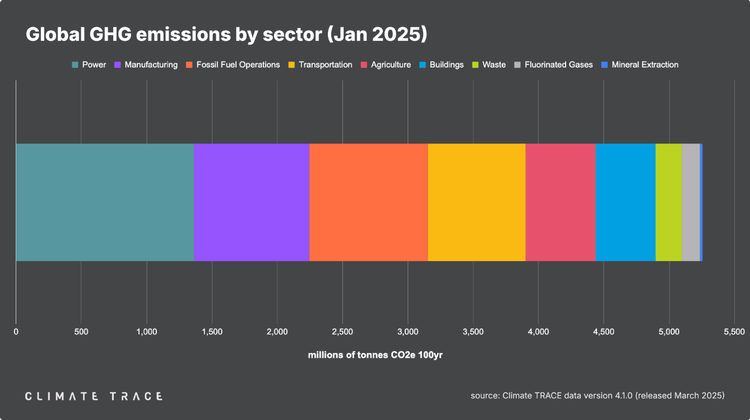Biodiversity disclosures have doubled among US-listed companies

One-third of companies in the S&P 500 and 13% of Russell 3000 firms made biodiversity disclosures in 2022 – roughly double the rate observed the year before.
Companies listed on US stock exchanges appear to be ramping up their work on biodiversity and nature conservation: 170 of the largest companies listed in the country reported on their biodiversity policy in 2022 – that’s 34% of the S&P 500 index.
In the Russell 3000, which benchmarks the entire US stock market, the rate of disclosures was 13% (390 companies), and in the S&P MidCap 400, it was 18% (72 firms), according to business research non-profit The Conference Board, which published its findings in the Harvard Law School Forum on Corporate Governance.
While the companies that have and disclose their biodiversity policy remain in the minority, their numbers doubled from the previous year, “indicating increased corporate attention to this topic alongside growing investor interest,” noted the paper’s author Matteo Tonello, Managing Director of The Conference Board. In 2021, just 18% of S&P 500, 6% of Russell 3000 and 8% of S&P MidCap 400 companies made such disclosures.
Utilities and energy firms lead biodiversity disclosures
The highest rates of disclosures were found in the utilities and energy sectors, where 63% and 45% of companies respectively reported on their biodiversity impacts and policies to mitigate them in their supply chains. They were followed by materials (36%), consumer staples (31%) and real estate (24%).
On the other hand, companies in healthcare, finance and IT are lagging behind, with less than 5% of firms discussing biodiversity in their reports.
While the disclosure of biodiversity policies is a step in the right direction, the quality of companies’ impact assessment remains poor, with very few companies disclosing their impact on species, for example. In an interview with CSO Futures, Emily McKenzie, Technical Director of the Task force on Nature-related Financial Disclosures (TNFD), advised Chief Sustainability Officers to take advantage of the TNFD framework to start reporting more granular information now, “even if some needed data is lacking”.
“As we progress, we expect the data available to become more robust and precise. And, year by year, the metrics should become more comparable and consistent,” she said.
Companies may look for biodiversity benefits in carbon credits
Disclosure of carbon credit use increased in 2022 and reached 41% in the S&P 500. The report suggests that companies may hope to offset some of their biodiversity impacts through nature-based carbon credits, including those avoiding deforestation or restoring forests.
This trend is aligned with voluntary carbon market (VCM) dynamics observed by Ecosystem Marketplace: in 2022, credits from projects with at least one co-benefit certification (including biodiversity) were sold at a 78% price premium, with VCM players noting that many buyers seek out credits with certified co-benefits.
Overall, credits from nature-based solutions fetched more than twice the price of technology-based credits in 2022, at an average of US$10.17 per tonne – a sign that companies are now more willing to pay for quality carbon credits that bring co-benefits, something BCG Chief Sustainability Officer David Webb considers crucial.
But Tonnello warns that “carbon projects may not benefit biodiversity unless diversity is built into the project” – meaning companies should ensure biodiversity co-benefits are certified.







Member discussion